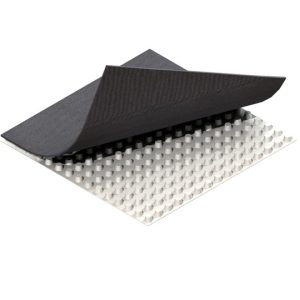Optical Isolator: Principles and Applications in Modern Photonics
# Optical Isolator: Principles and Applications in Modern Photonics
## Introduction to Optical Isolators
An optical isolator is a crucial component in modern photonics, designed to allow light to travel in only one direction. This unidirectional flow of light is essential in preventing back reflections and feedback, which can destabilize laser systems and degrade the performance of optical communication networks.
## Principles of Operation
The fundamental principle behind an optical isolator is the Faraday effect, which involves the rotation of the plane of polarization of light as it passes through a magneto-optic material in the presence of a magnetic field. The key components of an optical isolator include:
– Magneto-optic material (e.g., yttrium iron garnet, YIG)
– Polarizers
– Permanent magnets
When light enters the isolator, it first passes through a polarizer, which ensures that the light is linearly polarized. The magneto-optic material then rotates the polarization plane of the light by a specific angle, typically 45 degrees. A second polarizer, oriented at 45 degrees to the first, allows the rotated light to pass through. Any light attempting to travel in the reverse direction will have its polarization rotated in the opposite direction, causing it to be blocked by the first polarizer.
## Types of Optical Isolators
There are several types of optical isolators, each suited to different applications:
– Polarization-dependent isolators: These require the input light to be polarized and are commonly used in fiber optic systems.
– Polarization-independent isolators: These can handle unpolarized light and are used in applications where the polarization state of the light is not controlled.
– Fiber-based isolators: Integrated into optical fibers, these are compact and ideal for telecommunications.
– Free-space isolators: Used in laboratory settings and high-power laser systems.
## Applications in Modern Photonics
Optical isolators play a vital role in various fields of photonics, including:
– Telecommunications: Preventing back reflections in fiber optic networks to maintain signal integrity.
– Laser systems: Protecting lasers from feedback that can cause instability and damage.
– Biomedical imaging: Ensuring the reliability of optical instruments used in medical diagnostics.
– Quantum computing: Isolating quantum states in photonic quantum circuits.
## Conclusion
Optical isolators are indispensable in modern photonics, providing essential protection and stability to a wide range of optical systems. By understanding their principles and applications, we can better appreciate their role in advancing technology and improving the performance of optical networks and devices.
Keyword: optical isolator


